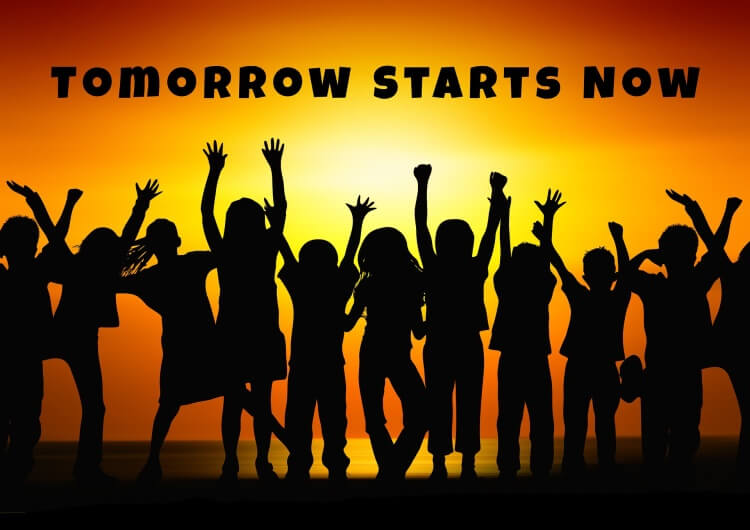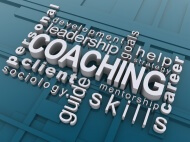Advocacy is preventive medicine and in this second in a series of three articles on advocating for your profession it’s worth reviewing the first of the three rules of advocacy that I laid out in Part 1. The First rule of advocacy is Do Some – It Works.

For advocacy to truly be preventive you must do some and one of the best places to advocate is with your school board. School board meetings are public venues where a wide range of decision makers and policy influencers are present. It’s a perfect setting in which to direct and influence the discussion and understanding of health, physical activity, and the role a quality physical education program plays in the development of our children. When and what you present to the School Board will be crucial in determining how effective your advocacy is and whether it is truly preventive medicine.
In my previous article, I pointed out the parallels between martial arts and job protection and made the case for an offensive-defense strategy. In martial arts you want to make your opponent think twice before even attempting to hit you. In physical education, offensive-defense is what you do when times are good to ensure that your district will not even consider attacking your program during tough economic times. The time to advocate with your school board is not when there is trouble but when things are going well and you have a positive story to tell.





